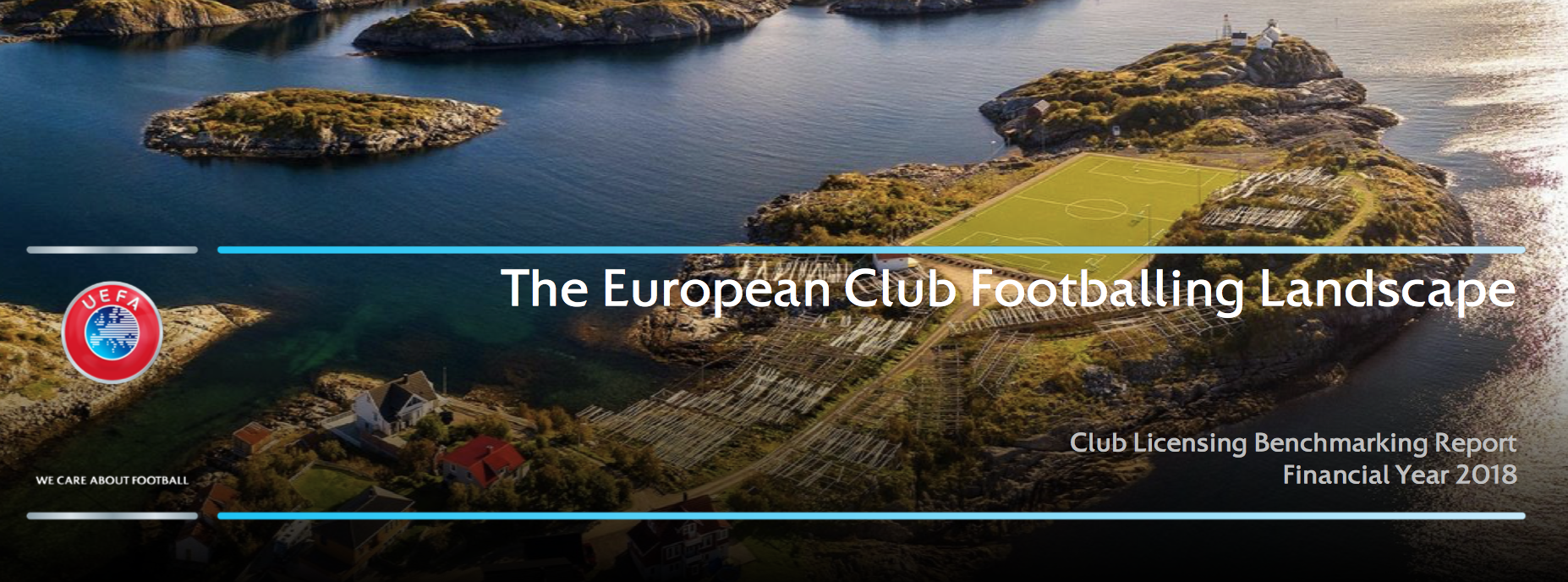January 20 – With all indicators pointing to a significant slowdown – and for many leagues a decline – in broadcast revenues, a section of the just published UEFA Benchmark report points to a clear area of growth opportunity.
Over the past 10 years there have been 241 stadium projects in Europe. Increased venue capacities and state-of the-art in-stadia facilities are a clear route for clubs to generate increased income.
Yet even with almost half of all stadium projects in the last ten years being new builds, the report finds that only 12% of Europe’s top-tier clubs directly own their stadiums. Fewer than 20% of clubs across Europe own their stadiums. “Stadium ownership remains the exception rather than the rule for European clubs,” say the report authors.
The report finds that there are only five countries where at least half of all top-division clubs have their stadiums on their balance sheets: England (15 out of 20 clubs), Germany (11 out of 18 clubs), Northern Ireland (6 out of 12 clubs), Scotland (10 out of 12 clubs) and Spain (15 out of 20 clubs).
Remarkably 18 European countries have no club-owned stadiums at all while “stadium ownership remains even more exceptional outside of the top 20 leagues, where only 38 out of 397 clubs have their stadiums fully included on their balance sheets as club assets.”
Not owning the stadium may not necessarily be an impediment if a club has a lease enabling it to invest in improving stadium facilities despite not having any type of stadium ownership. The key is having a stadium ‘ownership’ position that provides a club with stable foundations, the ability to improve the quality of its facilities, modernise the stadium and diversify revenues.
In 2019 in Europe, 47% of stadium projects were renovations, while a third were new builds.
The report finds that clubs clearly aren’t adverse to investing in infrastructure highlighting that 80% of top-division clubs have invested in training facility improvements in the past five years. Taking the next – and significantly bigger financial step – of building new or improving old stadia, is less common. But not doing so looks like an opportunity lost coming into what threatens to be an era of unstable – or at least unpredictable – media and commercial revenue.
It is perhaps worth comparing the stadium ‘philosophy’ in Europe to the franchise growth of the MLS in the US where the importance of stadia and infrastructure is at the core of all new franchises – both in terms of providing a top class football experience but also as a route to financial sustainability.
MLS commissioner Don Garber said last November at the Soccerex convention in Miami that new owners in their league needed to have in the region of $700 million to invest in their franchise with the stadium and facilities plan underpinning the business model.
UEFA’s report shows that this is one area in football where the Europeans are trailing the North Americans.
Contact the writer of this story at moc.l1713532101labto1713532101ofdlr1713532101owedi1713532101sni@n1713532101osloh1713532101cin.l1713532101uap1713532101

